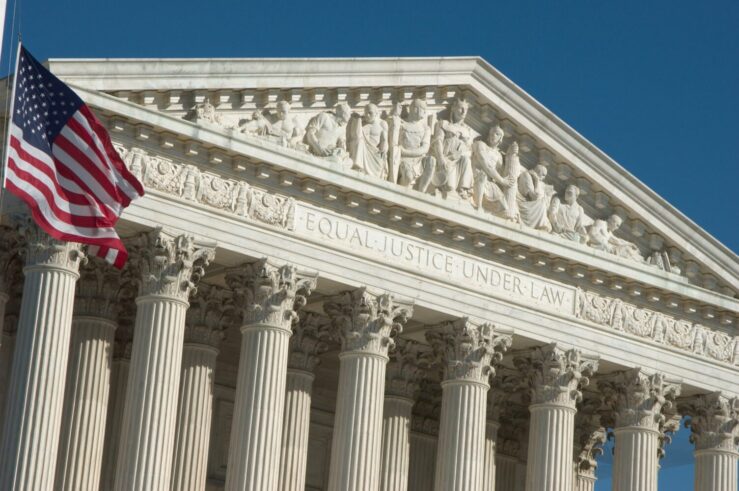This article is a part of the Section 2 Symposium symposium.
I must confess that my basic reaction to the Section 2 report was disappointment. It’s not that I find much fault with the report itself–a few quibbles yes, but generally I find it quite satisfactory–but that after all of the time and effort put into the joint hearings by the FTC, the FTC wasn’t able to join the report. Moreover, the shrill dissenting statement by three commissioners will probably prevent the report from playing influencing judicial decisions or legislation.
That’s a real pity. Many staff members at both agencies and many outsiders (myself included) put a lot of work into the hearings and the report. Contrary to the suggestion in the dissenting statement, I saw no evidence that the hearings were stacked against more interventionist perspectives on Section 2. That certainly was not the case at the bundled discount hearings at which I testified. To the contrary, my general impression was that the hearings were constructive and made substantial progress toward agreement on some basic principles. Certainly, they lacked the rancor that characterized the release of the report.
To be sure, if we’re going to have a two-agency system (which I’m not sure we should–more on this in my upcoming book on the institutional structure of antitrust), including one agency that is supposed to be independent from the executive, legislative, and judicial branches, then we should expect constructive disagreement between the agencies. However, when both agencies jointly expend the resources to hold hearings on a subject, it’s a major disappointment that they can’t find any common ground for a report even if it has to be somewhat watered down. And, yes, I would have preferred a watered down joint report that would have had at least some instructional value to courts and legislators than a strong report by one agency that is almost entirely neutralized by a sharp dissent from the other.
How important was it for the agencies to issue a joint Section 2 report? It would have been nice. In recent years, the Supreme Court has decided few unilateral exclusionary conduct cases and the ones it has decided have been largely idiosyncratic. For example, Brooke Group is a weird predatory pricing case involving (a) an alleged predation campaign by an oligopolist rather than a monopolist and (b) for the purposes of disciplining a maverick rival to join an implicit cartel rather than the more traditional claim of an attempt to drive the rival out of the market. Weyerhaeuser is probably a one-shot case involving predatory overbidding claims not likely to be seen again. Spectrum Sports is more of a business ethics case than a real monopolization case. Trinko and linkLine are bona fide monopolization cases, but that’s not much to go on in terms of recent decisions.
Overall, the Supreme Court has allowed monopolization law to percolate in the lower courts. It has deflected or lacked the opportunity to review significant lower court decisions including Rambus, Microsoft, PeaceHealth, LePages, Dentsply, Spirit/Northwest, Conwood, Concord Boat, American Airlines, Beech-Nut/Gerber, Broadcom/Qualcomm, Virgin/BA, and Pepsi/Coke. Significant circuit splits remain over such issues as the appropriate measure of cost in predatory pricing cases, the treatment of bundled discounts and exclusive dealing contracts that are terminable at will, and the role of antitrust in policing patent hold-up in standard-setting organizations. There is a gap for someone to fill. The Antitrust Modernization Commission provided a couple of nice snippets on bundled discounts and refusals to deal, but did not provide the level of coverage or detail required to address the many open questions.
Ultimately, the inter-agency friction over the report may have little significance for public antitrust enforcement. For one, neither agency has been highly active in Section 2 enforcement and, despite the veiled threats from the three dissenting commissioners, the FTC is unlikely to become a major force in policing unilateral exclusionary conduct. Frankly, there is relatively little need for public Section 2 enforcement, since (unlike in many merger or collusion cases) there is almost always a competitor victim of the violation with a sufficiently concentrated and severe injury to make it worth its while to sue. Also, neither agency would likely have felt itself bound in future litigation by positions taken in the report. The real shame is that the agencies were not able to speak as one voice on the rules that should govern private monopolization lawsuits, an issue on which the agencies do not have a direct stake and hence could have served as an “honest broker.”




